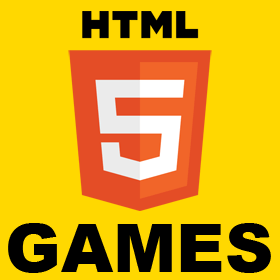GADInvalidInitializationException: The Google Mobile Ads SDK was initialized incorrectly.
While running a cordova app for iOS, if following error is thrown *** Terminating app due to uncaught exception ‘GADInvalidInitializationException’, reason: ‘The Google Mobile Ads SDK was initialized incorrectly. Google AdMob publishers should follow instructions here: https://googlemobileadssdk.page.link/admob-ios-update-plist to include the AppMeasurement framework, set the -ObjC linker flag, and set GADApplicationIdentifier with a valid App ID. Google Ad Manager publishers should follow instructions here: https://googlemobileadssdk.page.link/ad-manager-ios-update-plist’ Make sure to include following values in your info.plist <key>GADIsAdManagerApp</key> <true/> <key>GADApplicationIdentifier</key> <string>REPLACE_YOUR_ADMOB_APP_ID</string>



